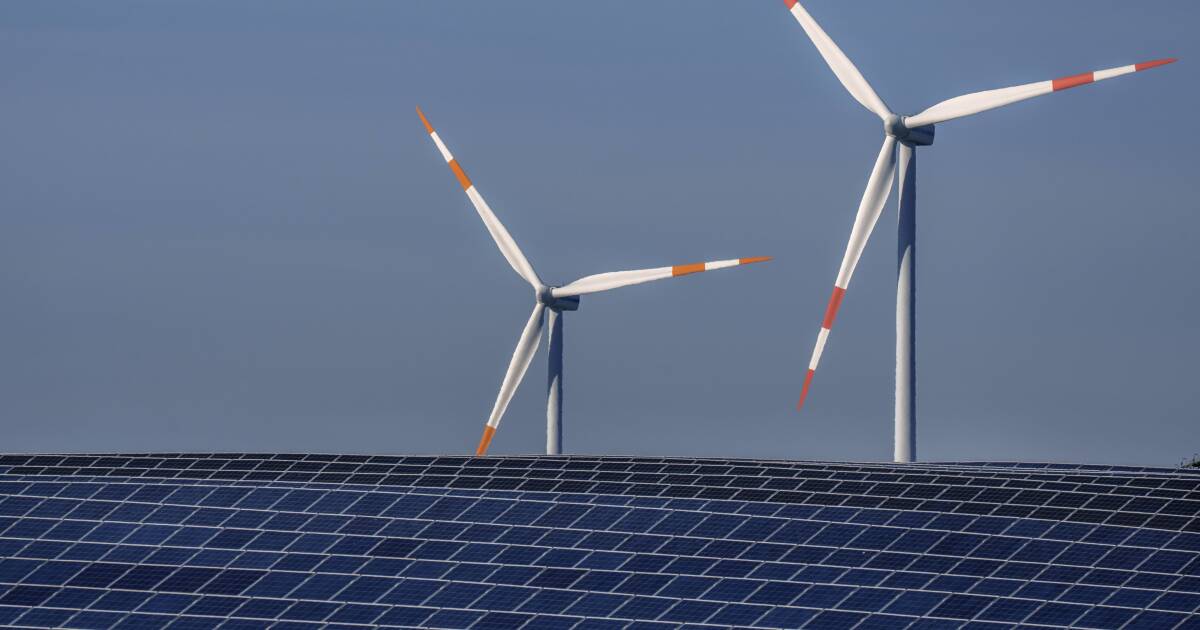

Renewable energy generation is expected to comprise nearly one-quarter of U.S. electricity this year, according to a new report from the Energy Information Administration — a trend it expects to continue as more renewables, such as wind and solar, come online.
According to the EIA’s short-term energy outlook, electricity generated from renewable sources such as hydropower, wind, and solar will likely account for 22% of U.S. electricity generation by the end of the year. This is up from 20% in 2020 and 2021. In 2023, the agency expects renewables to account for 24% of total U.S. electricity generation.
That increase is expected to be driven primarily by a rise in wind and solar generation, according to the EIA report, which also predicted an increase in the retirement of some generation sources, such as coal and nuclear, in some parts of the United States.
The two U.S. regions that saw the largest shares of renewable generation in 2021 were the Northwest, where renewables comprised roughly half its electricity generation, and California, where renewables accounted for a slightly smaller 44%, the report says.
HERE ARE THE CLIMATE CHANGE PROVISIONS IN THE INFLATION REDUCTION ACT
The Southwest has seen the most growth in renewables over the past decade, EIA said, due in large part to wind generation. The report noted that in 2013, just 13% of the region’s electricity came from renewables. That more than doubled to 40% last year and is expected to increase to 44% by 2023.
The Electric Reliability Council of Texas, or ERCOT, also ramped up its renewable electricity over the past decade, with its renewable generating capacity rising from just 10% in 2013 to 32% in 2022.
The report comes as President Joe Biden signed into law the Inflation Reduction Act on Tuesday, cementing the passage of what Democrats have hailed as the largest-ever climate action in U.S. history.
CLICK HERE TO READ MORE FROM THE WASHINGTON EXAMINER
The new law will pour roughly $370 billion into energy security and efforts to fight climate change, including by providing tax credits for companies and individuals transitioning to clean energy.





